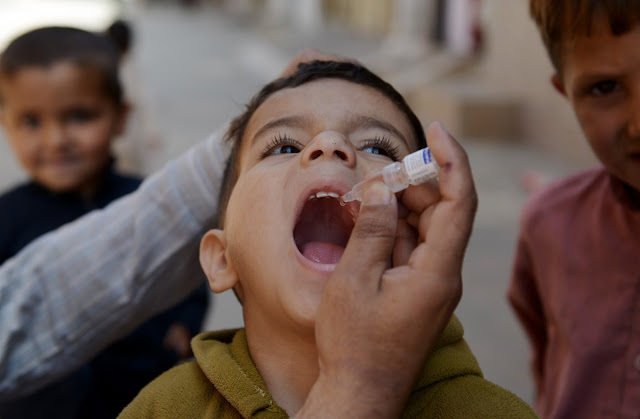Health authorities worldwide are so close in eradicating poliomyelitis, also known as polio or infantile paralysis, a highly contagious disease affecting children under five years old.
From 350,000 children infected by polio in 125 countries in 1988, cases have decreased by over 99% or 359 in 2015, according to World Health Organization.
Now, there are only two countries where poliovirus transmission has not stopped — Afghanistan and Pakistan. Philippines, on the other hand, has been freed from polio since 2000.
But due to low oral polio vaccination (OPV) coverage and inadequate surveillance for acute flaccid paralysis, the country remains at risk of polio importation or re-emergence of circulating vaccine-derived poliovirus (cVDPV).
To mitigate this risk, the Department of Health will conduct an OPV catch-up immunization activity from February 22-26, 2016 in 65 priority provinces, including Iloilo, Capiz, Negros Occidental and Antique in Panay Island.
“We are so close in eradicating polio in the world and to succeed, we need everyone’s commitment. Remember that there is no cure to polio. The only way to protect our children from this is through vaccination,” stressed Dr. Patricia Grace Trabado of Iloilo Provincial Health Office.
The polio viruses primarily spread via feces. It can infect children through food, water or objects contaminated with feces from an infected person. Its signs and symptoms include fever, fatigue, headache, vomiting, stiff neck and sudden onset of floppy arms or legs.
Data from WHO revealed that one in 200 infections leads to irreversible paralysis, usually in the legs. Among those paralyzed, 5% to 10% die when their breathing muscles become immobilized.
In Iloilo alone, health officials committed to vaccinate 173,929 children aged five and below in 43 local government units in Iloilo alone.
“No children must be left behind. This means that those children in far-flung areas must be reached,” she said.
The OPV catch-up immunization is in preparation for the nationally synchronized switch from trivalent OPV to bivalent bOPV on April 27, 2016.
tOPV was developed to boost one’s immunity from three strains of wild poliovirus. But due to eradication of type 2 wild poliovirus in 1999 and with type 3 poliovirus down to its lowest level, bOPV will be introduced to prevent the remaining strains.

No comments:
Post a Comment